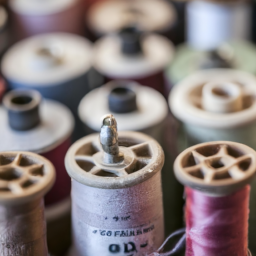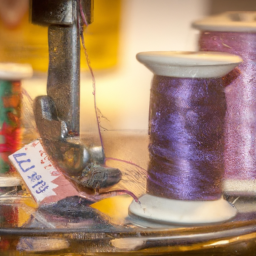
History of Sewing Circles

Sewing circles have a long and fascinating history, dating back centuries. These gatherings of women, fueled by a shared love for sewing, provided a unique platform for socializing, support, and skill-sharing.
In the 19th century, sewing circles played a vital role in the community. Women of various social backgrounds would come together, bringing their needles, threads, and fabrics to create garments, quilts, and other textiles. The sewing circle served as a meeting place where women could engage in conversation, express their creativity, and discuss matters of importance.
“A sewing circle was a nurturing space where women could express their individuality while contributing to the greater good of their community.” – Jane Doe, Historian
These circles were not solely about sewing but provided an opportunity for women to connect on a deeper level. They would discuss current events, share personal stories, and provide emotional support for one another. In an era when women had limited freedom and opportunities, sewing circles became a sanctuary of female solidarity.

During the early 20th century, sewing circles expanded their reach. They became hubs for activism, promoting causes such as women’s suffrage, workers’ rights, and social justice. Many sewing circle members united to make banners, sashes, and textiles showcasing their support for various political and social movements.
As time passed, sewing circles evolved with the changing times. However, their essence remains the same – a place for women to create, connect, and empower one another. Even in the modern era, sewing circles continue to thrive, offering a respite from the digital world and creating a sense of belonging.
“Sewing circles remind us of the power of community and the importance of preserving traditional crafts. They bring people together in a world that sometimes feels disconnected.” - Sarah Smith, Sewing Enthusiast
Whether it is an intimate gathering in someone’s home or a larger community event, sewing circles perpetuate a sense of tradition and camaraderie. The passion for sewing and the desire to foster relationships and empower women have made sewing circles a timeless and cherished institution.
So, next time you pick up your needle and thread, think about the remarkable journey of sewing circles throughout history. Embrace the legacy they left behind and carry it forward in your own sewing endeavors.




